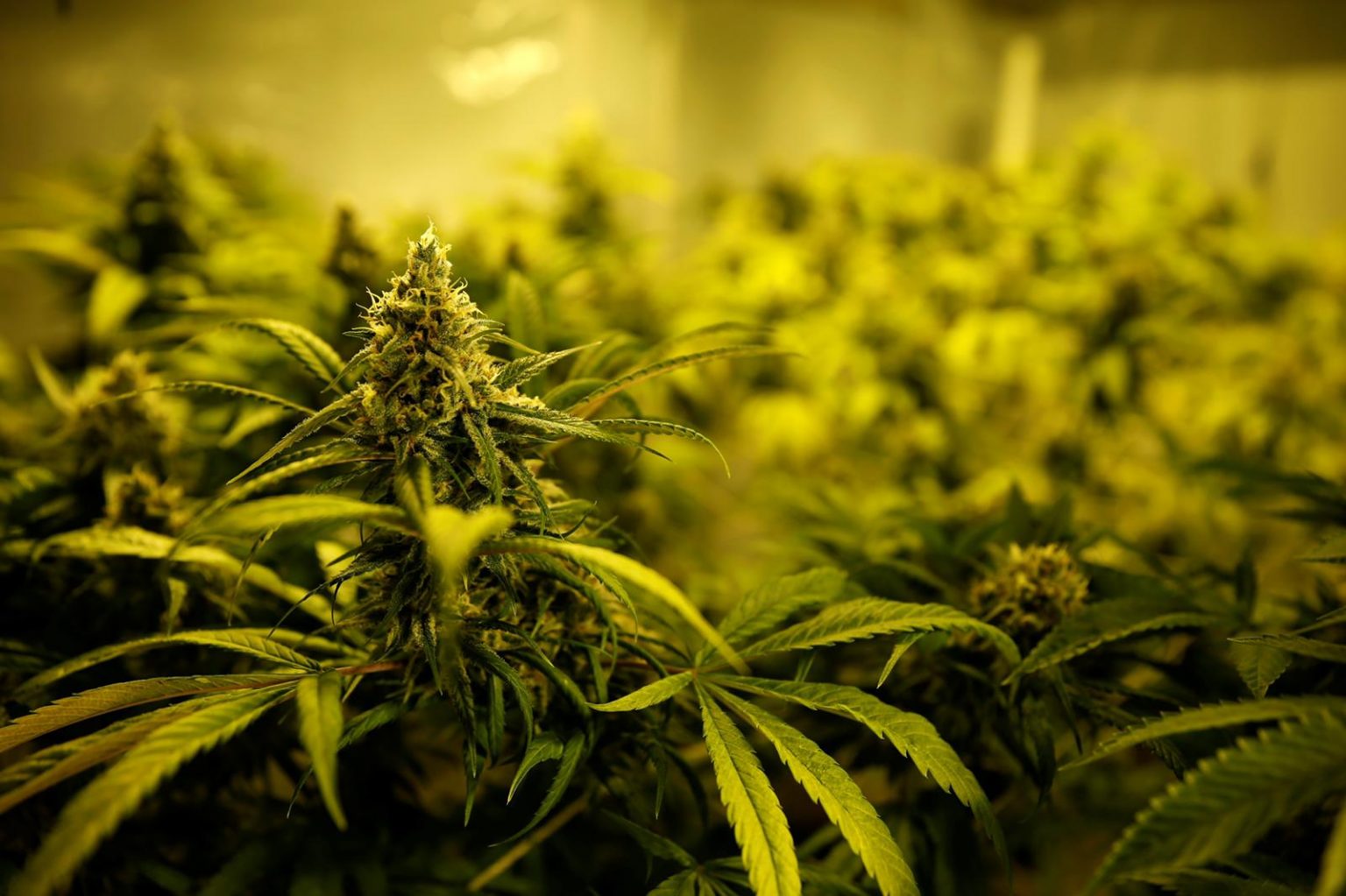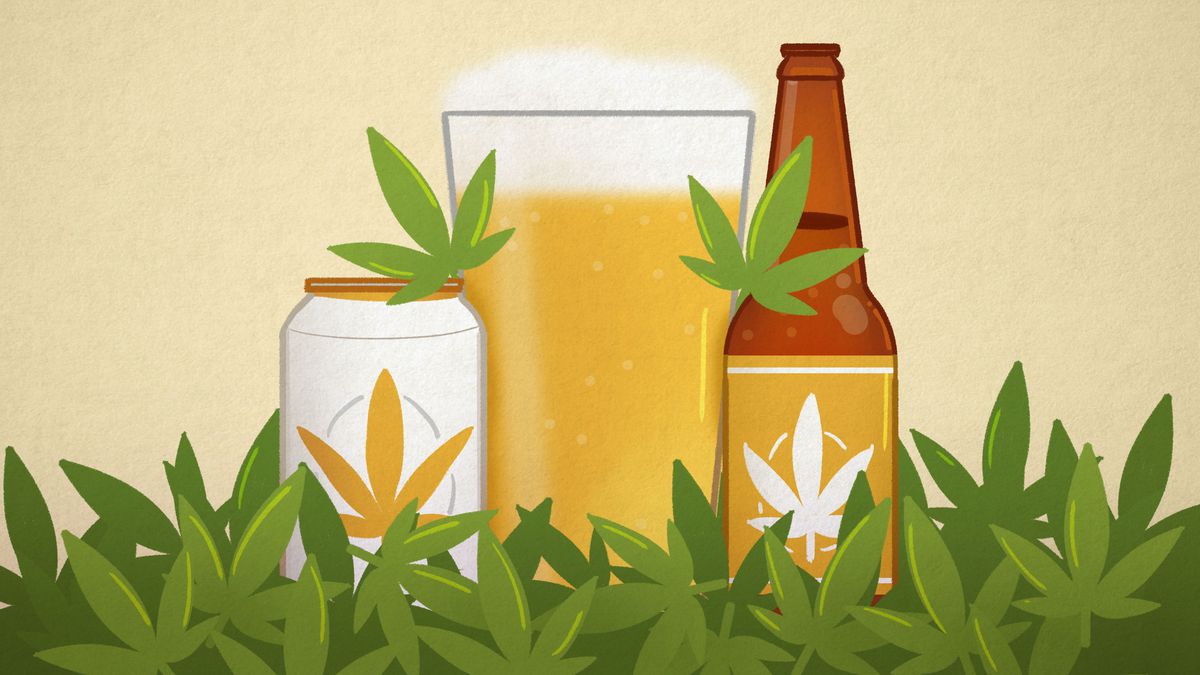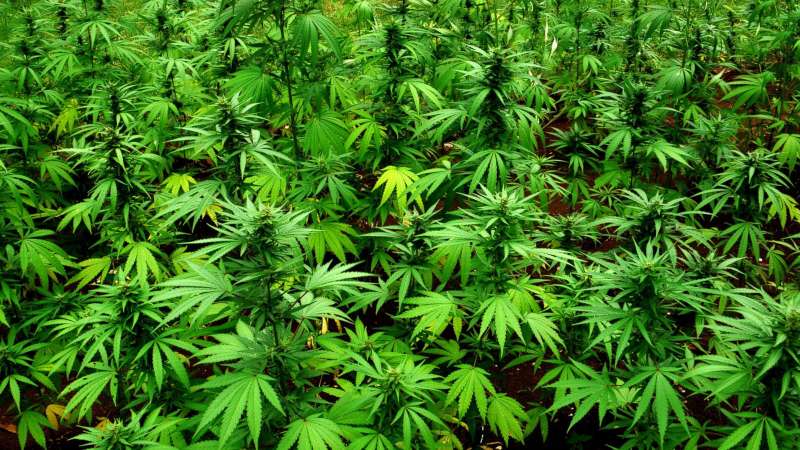This document was published by United Nations Office of Drugs and Crimes (UNODC)
1. Introduction
1.1 Background
Cannabis products are the most widely trafficked drugs worldwide, accounting for
65 per cent of all global seizure cases (1.65 million cases) in 2006. 5,200 metric tons of herb and 1,000 metric tons of resin were seized in 2006. Practically all countries in the world are affected by cannabis trafficking. Similarly, cannabis also remains the most widely used drug worldwide, with an estimated 166 million people having used cannabis in 2006, equivalent to some 4 per cent of the global population aged 15-64.
At the same time, especially since the end of the last century, production methods
have become increasingly sophisticated, resulting in the availability in illicit markets of a wide range of cannabis products with widely varying levels of the main psychoactive ingredient, delta-9-tetrahydrocannabinol (THC). Most recently, there has also been a renewed debate about increasing THC content (frequently referred to as “potency”) in illicit cannabis products.

All of this requires analytical data which are comparable between laboratories and
over time. However, most countries do not require by law the detailed analysis of
the THC content of the different products, and where such analyses are carried out, they use a variety of approaches and experimental designs, reducing the comparability of results. For example, the conversion of natural constituents, such as tetrahydrocannabinolic acid (THCA), by both smoking and under certain analytical conditions into THC, and how this should be reflected in the analytical report, are issues which are not yet standardized worldwide. On the technological side, the analysis of cannabis products is further complicated by the relatively restricted availability of pure or well defined reference material of THC and other cannabinoids.
The present manual is an updated and significantly revised version of the manual
on “Recommended methods for testing cannabis” (ST/NAR/8), which was published in 1987. It has been prepared taking into account both developments in analytical technology and advances in the science of cannabis, and with a view to providing the analytical basis for an objective discussion about changes in THC content over time, and differences between regions and products.
1.2 Purpose and use of the manual
The present manual is one in a series of similar publications dealing with the identification and analysis of various types of drugs under international control. These manuals are the outcome of a programme pursued by UNODC since the early 1980s, aimed at the harmonization and establishment of recommended methods of analysis for national drug analysis laboratories.
In line with the overall objective of the series, the present manual suggests approaches that may assist drug analysts in the selection of methods appropriate to the sample under examination and provide data suitable for the purpose at hand, leaving room also for adaptation to the level of sophistication of different laboratories and the various legal needs. The majority of methods included in the present manual are validated methods, which have been used for a number of years in reputable laboratories and as part of inter-laboratory studies, collaborative exercises and proficiency tests. The reader should be aware, however, that there are a number of other methods, including those published in the forensic science literature, which may also produce acceptable results. Any new method that is about to be used in the reader’s laboratory must be validated and/or verified prior to routine use.
In addition, there are a number of more sophisticated approaches, but they may not be necessary for routine operational applications. Therefore, the methods described here should be understood as guidance, that is, minor modifications to suit local circumstances should not normally change the validity of the results. The choice of the methodology and approach to analysis as well as the decision whether or not additional methods are required remain with the analyst and may also be dependent on the availability of appropriate instrumentation and the level of legally acceptable proof in the jurisdiction within which the analyst works.
Attention is also drawn to the vital importance of the availability to drug analysts of reference materials and books on drugs of abuse and analytical techniques.
Moreover, the analyst must of necessity keep abreast of current trends in drug analysis, consistently following current analytical and forensic science literature.
UNODC’s Laboratory and Scientific Section would welcome observations on the
contents and usefulness of the present manual. Comments and suggestions may be addressed to:
Laboratory and Scientific Section
United Nations Office on Drugs and Crime
Vienna International Centre
P.O. Box 500
1400 Vienna
Austria
Fax: (+43-1) 26060-5967
E-mail: Lab@unodc.org



